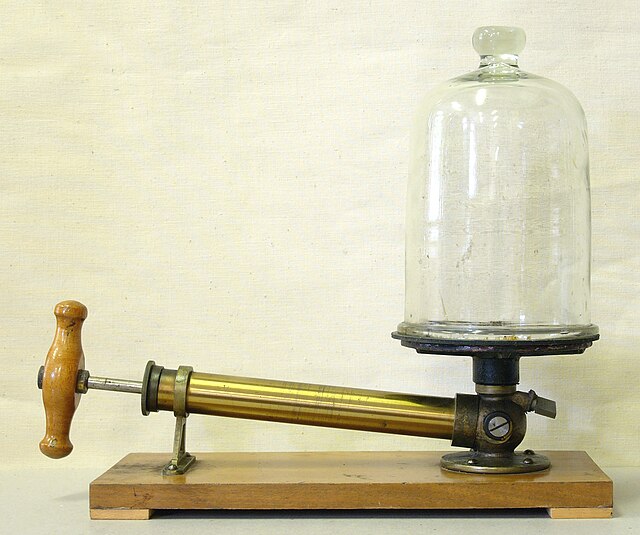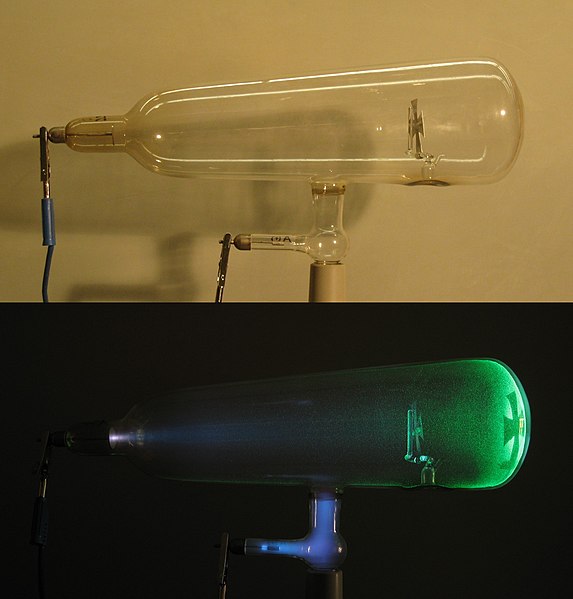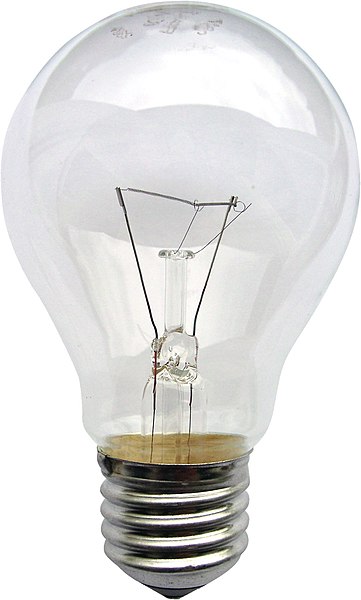An atmospheric railway uses differential air pressure to provide power for propulsion of a railway vehicle. A static power source can transmit motive power to the vehicle in this way, avoiding the necessity of carrying mobile power generating equipment. The air pressure, or partial vacuum can be conveyed to the vehicle in a continuous pipe, where the vehicle carries a piston running in the tube. Some form of re-sealable slot is required to enable the piston to be attached to the vehicle. Alternatively the entire vehicle may act as the piston in a large tube or be coupled electromagnetically to the piston.
An Aeromovel train in Porto Alegre. The girder under the train forms an air duct. The vehicle is connected to a propulsion plate in the duct which is then driven by air pressure.
Arriving at Kingstown on the Dalkey Atmospheric Railway in 1844
Saint Germain piston carriage
Jolly-sailor station on the London and Croydon Railway in 1845, showing the pumping station, and the locomotive-less train
A vacuum is space devoid of matter. The word is derived from the Latin adjective vacuus meaning "vacant" or "void". An approximation to such vacuum is a region with a gaseous pressure much less than atmospheric pressure. Physicists often discuss ideal test results that would occur in a perfect vacuum, which they sometimes simply call "vacuum" or free space, and use the term partial vacuum to refer to an actual imperfect vacuum as one might have in a laboratory or in space. In engineering and applied physics on the other hand, vacuum refers to any space in which the pressure is considerably lower than atmospheric pressure. The Latin term in vacuo is used to describe an object that is surrounded by a vacuum.
Vacuum pump and bell jar for vacuum experiments, used in science education during the early 20th century, on display in the Schulhistorische Sammlung ('School Historical Museum'), Bremerhaven, Germany
The Crookes tube, used to discover and study cathode rays, was an evolution of the Geissler tube.
A glass McLeod gauge, drained of mercury
Light bulbs contain a partial vacuum, usually backfilled with argon, which protects the tungsten filament








